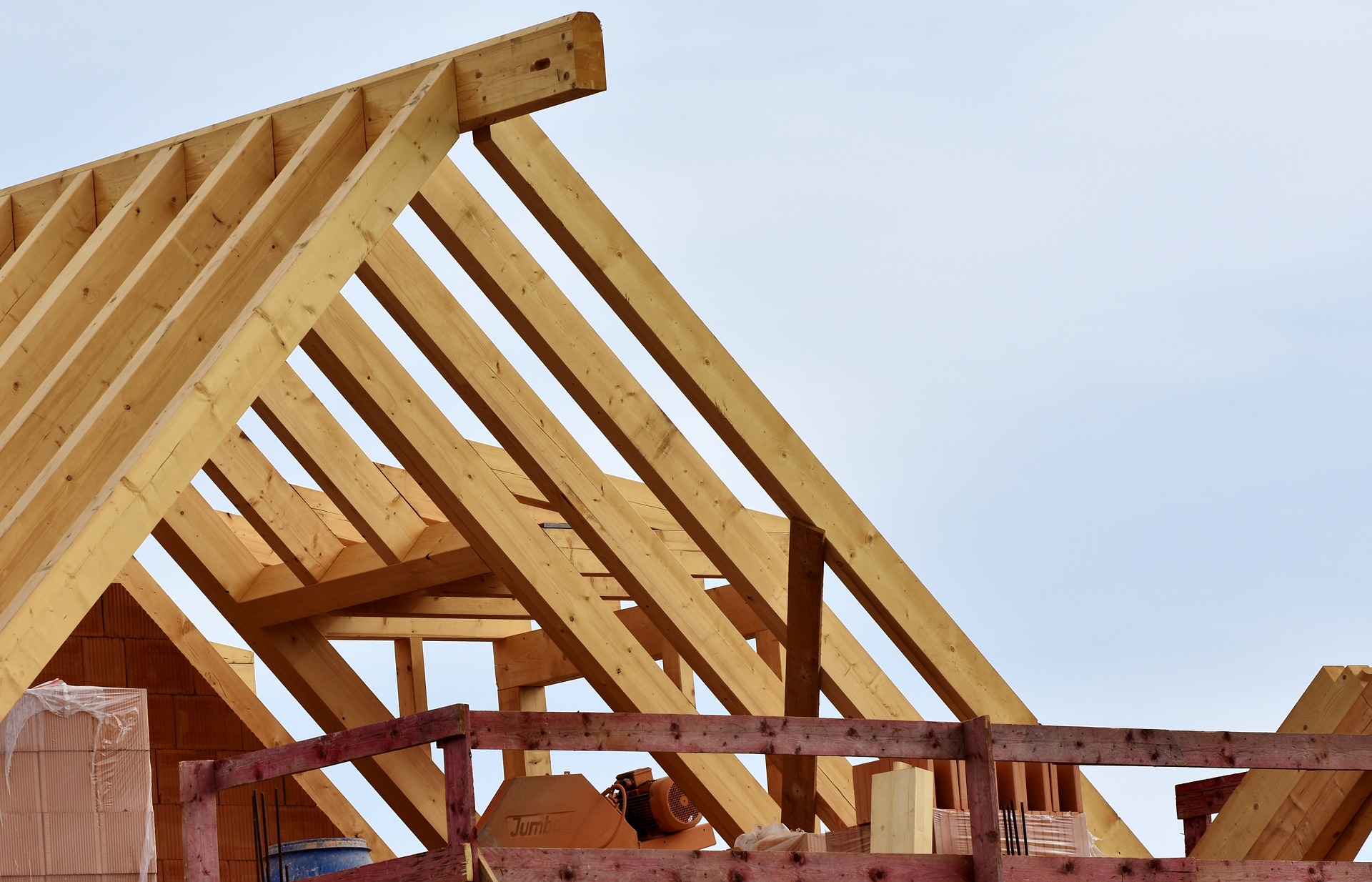Exterior Access Door: All You Need to Know
Access doors are installed anywhere in buildings, whether commercial or residential. These doors are essential in concealing unsightly building fixtures such as HVAC systems, plumbing or electrical. During repairs or maintenance, it allows service personnel to gain entry to these components fast and hassle-free.
However, there are complex application demands that would require more than the regular access panel. Special doors are manufactured and designed to withstand harsh weather conditions, extreme moisture, heat pressure or fire, and heavy foot or wheel traffic. These doors would often come with additional features to effectively do its job.
Factors to consider when installing
Before you go to a hardware store or shop online for building materials, there are several considerations you have to keep in mind to avoid wasting time and money. When buying an access panel, make sure that you got it all figured out the type of equipment that you need for your project. Otherwise, you could delay the project completion and create additional costs. Here are the relevant factors to consider when choosing your access door:
Location
Where in the building are you going to install the door? This is an important question to ask since not all access doors can protect certain equipment given the type of surrounding that it will be installed into.
Some panels for walls and ceilings are not applicable for installations in roofs and floors. Inappropriate installations will not only damage the door material but may also negatively affect the components surrounding it.
Size
Access panels are made available in a wide array of sizes for a reason—to fit different framing requirements. The size or thickness of the door will depend on the type of building component it will protect. While access doors that allow hand or arm access are commonly used, there are also large doors that permit walk-in entry to provide a more efficient inspection or maintenance to utilities.
Doors with openings required to provide human entry or crawl space must be at least 20 x 20 inches.
Construction
It is very important to take into account the building codes in your area. Primary requirements for equipment construction include a tight-fitting latch, easy-to-open doors, and the absence of sharp edges which can cause injuries.
Access panels used for fire-resistance or security purposes have different building safety codea to follow. Always check the required fire rating before you pick any fire-rated doors.
What is an exterior access door?
While the commonly used access doors provide indoor access to building fixtures, some components need to be accessed from outside buildings such as HVAC controls, ducts, outdoor storage compartments, fuse boxes, and plumbing systems. In this case, we use an exterior access door.
Unlike indoor access panels, doors for outdoor applications need a different construction to withstand harsh weather elements. It would be ideal for an exterior access panel to be resistant to warping, rust, mildew, weather damage, and excessive wear and tear.
Materials suitable for outdoor applications
When exposed to extreme weather conditions, enamel coatings of indoor steel doors start to wear away. Thus, it is ideal to use galvanized steel for outdoor applications. The steel dipped in hot zinc and coated with primed enamel prevents weather-related damage. Closed-cell neoprene sponge surrounding the back is also required to keep an exterior access panel airtight. For additional security, exterior access doors should come with key codes and recessed locks.
Aluminum is likewise a weather-resistant material option. It allows convenient access to large openings because of the lightweight material. Protective gaskets and a mill finish allow these doors to easily match with external fixtures.
Exterior Doors: airtight/ watertight, aluminum insulated, and steel insulated
Airtight/watertight access door is either prime coated or stainless steel ideal for use in laboratories, clean rooms, operating rooms, etc. where an airtight/watertight seal is required. A neoprene gasket and fiberglass insulation encompass aluminum insulated access doors. While steel insulated access door includes styrofoam insulation that provides exceptional resistance to water and water vapor.
Follow all requirements
To make sure structural issues are avoided, installation requirements should be given 100% focus and attention. Before installing an exterior access door, make it a point to check the manufacturer’s instructions as well as the required building codes in your area.
Author Bio:
Kevin is a writer from BestAccessDoors.com who specializes in sharing information in the field of construction and engineering. Other than writing, he loves to hike, watching movies and traveling.


